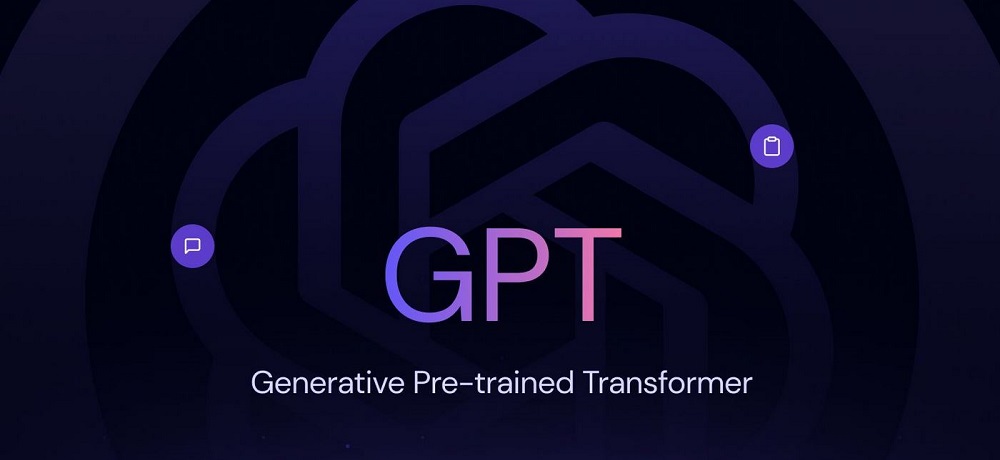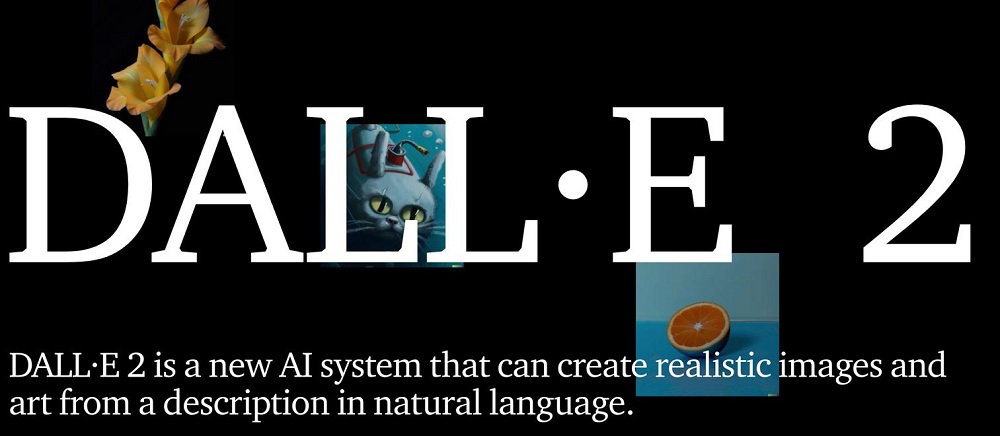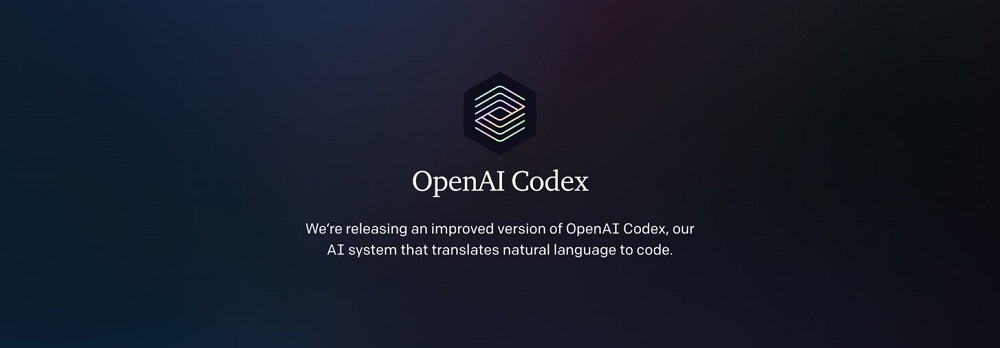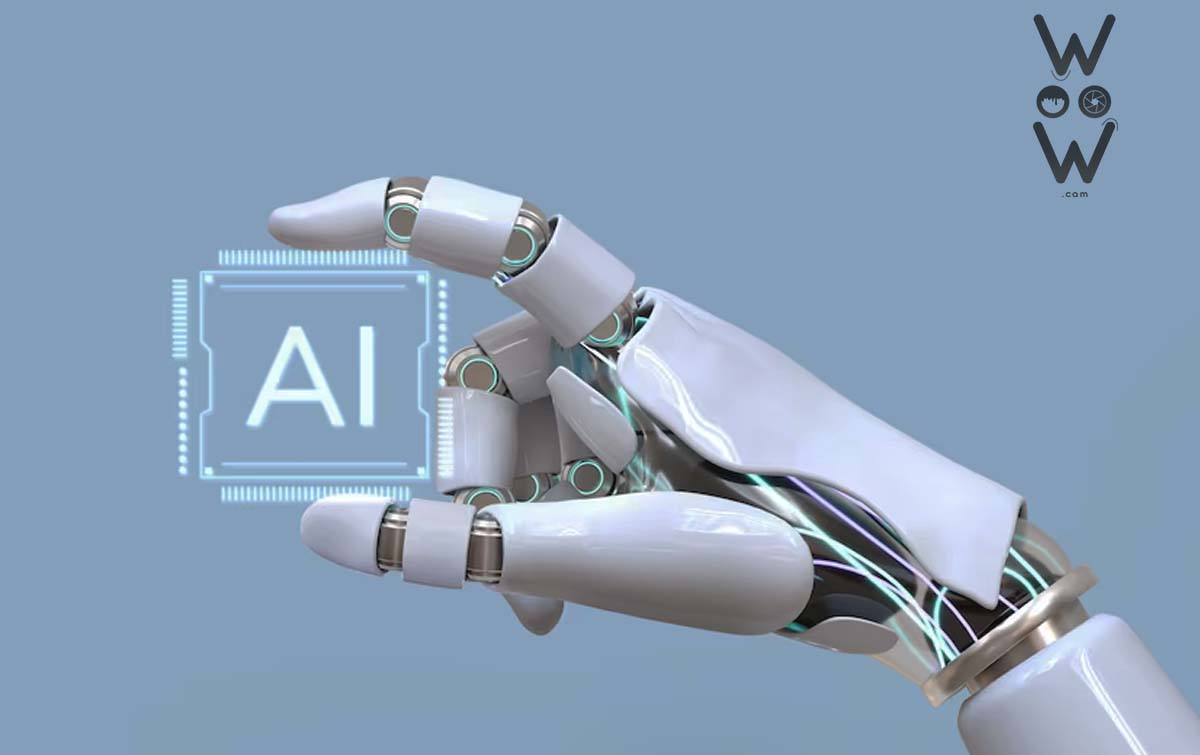Since its initial release on November 30, 2022, the popularity of ChatGPT, an artificial intelligence (AI) program based on language modeling, has increased. Many users were blown away by ChatGPT’s capabilities when it was first made available.
The program’s responses may go beyond what the user now anticipates. Users of ChatGPT can converse with one another much like they would in a real-time chat room. Songs, programming codes, and much more may all be exchanged via ChatGPT.
OpenAI’s prominence as the firm that created ChatGPT has risen in tandem with this newfound capabilities. Reportedly, Microsoft is putting $10 billion into OpenAI, which is equivalent to about Rp. 151 trillion.
The company is putting money into ChatGPT so that it can integrate the platform’s features into its own products, such as the Bing search engine and Office software. Bing now has official support for ChatGPT from OpenAI, as was recently disclosed by Microsoft.
OpenAI had to overcome significant difficulties with concerns of accuracy and bad or damaging responses from its AI products before it achieved its current level of fame. There was more than one person involved in the early stages of OpenAI’s creation.
Elon Musk, the CEO of Tesla and SpaceX, did, however, participate in the co-founding of OpenAI, a cooperative project. So, how did OpenAI and its products become to be so well-known? Here’s OpenAI’s backstory if you’re interested in learning more.
OpenAI profile and Elon Musk’s involvement in it
OpenAI is an American firm with headquarters in the San Francisco Bay Area. OpenAI is a corporation that focuses on the development of artificial general intelligence, as its name suggests (AGI).
AI software program itself is arguably AGI. OpenAI was founded in 2015 as a non-profit with an initial capitalization of US$ 1 billion (around IDR 1 trillion using current exchange rates).
Several prominent Silicon Valley technologists contributed to the funding. Investors in OpenAI’s early stages included Elon Musk, Peter Tiel (a venture capitalist), Reid Hoffman (LinkedIn’s co-founder), and Sam Altman (current CEO of OpenAI).
Elon Musk was OpenAI’s co-chairman of the board in the company’s early days. Although initially successful, Musk’s tenure at OpenAI was brief. In 2018, he stepped down from OpenAI to concentrate on expanding Tesla and SpaceX.
According to a report in The Washington Post, OpenAI is a non-profit whose mission is to challenge the monopoly of profit and control that large technology companies like Google have established over the field of artificial intelligence.
For this reason, OpenAI is working to make AI software programs more open and understandable (open source) for the benefit of all. There wasn’t much time for this mission to succeed.
OpenAI started as a nonprofit but turned profitable in 2019 due to the significant costs associated with hiring the necessary expertise and machinery to create artificial intelligence programs that can handle massive amounts of data.
OpenAI’s progress in creating AI products has picked up steam in 2019. Learn more by reading the presentation of OpenAI’s AI products, which has been culled directly from the OpenAI website, which may be found at the link provided below.
Products from OpenAI
1. GPT

OpenAI’s Generative Pre-trained Transformer (GPT) is a language program that utilizes a trained artificial intelligence model and was initially developed in 2018.
An important point to remember is that the language model is, in essence, a learning machine that can make predictions about the next word based on its analysis of text in massive data sets.
GPTs are continually trained with the help of actual human AI assistants and AI trainers to ensure they are producing reliable predictions and answers. The capabilities of the program have progressed from first-generation GPT to GPT-3.5, which is scheduled for completion in early 2022.
Last year, on 30 November 2022 to be exact, OpenAI unveiled the finalized product of GPT-3.5, now known as ChatGPT. ChatGPT generates conversationally formatted responses, responses, or predictive output from the language model.
ChatGPT allows users to receive responses to entered text data in a conversational style. It’s possible to insert a wide variety of language, including commands, suggestions requests, and more.
2. Dall-E

OpenAI also produces Dall E, a learning machine that can analyse text data to generate images. As a direct result of GPT-3’s ongoing development, the Dall E project will launch in 2021 (third generation).
Dall E may produce visuals based on user-entered textual information. Dall E’s precision and image quality will continue to advance until the April 6, 2022 release of Dall-E 2.
3. OpenAI Codex

Thirdly, OpenAI has a learning engine called OpenAI Codex. The OpenAI Codex is conceptually close to GPT and Dall-E. OpenAI Codex, on the other hand, can translate natural language or text into programming code.
The API (Application Programming Interface) program from OpenAI, which is hosted on the Copilot GitHub site, was used to release Codex on August 10, 2021. Users can translate everyday language into programming using the Codex API on GitHub Copilot.

